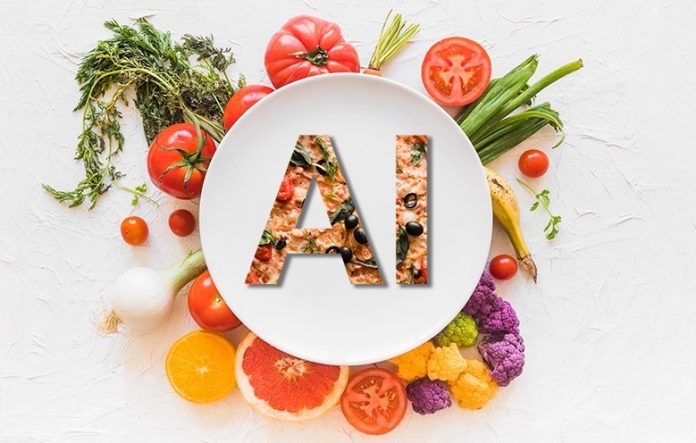In Germany, around 12 million tons of food end up in the trash every year. Over 30 percent of that is already destroyed in the production process. In the Resource-efficient Intelligent Foodchain (“REIF”) projects working to combat this food waste. In this undertaking, artificial intelligence (AI) can be a valuable asset. Cheese, bread, meat, and other food products can be efficiently produced using data-based algorithms. Machine learning methods can optimize sales and production planning as well as process and plant control systems.
Germany has committed to the United Nations goal to reduce food waste by half by the year 2030. Up to twelve million tons of food end up in the trash in our country, and that’s along the entire value chain, from farm to table. Some 52 percent of waste accumulates in domestic households. But the study also revealed that around 30 percent of losses occur as early as the food production and processing phase. The other 18 percent is accounted for by wholesale and retail. The REIF project has 30 partners working on a long-term solution. The primary focus is designing an AI ecosystem, which includes the participants at every step of the value chain.
Minimizing overproduction and avoiding waste
There are various causes for avoidable waste, ranging from overproduction to fluctuations in raw materials’ quality to the food failing to fulfill specific aesthetic requirements. The REIF project partners are focusing on dairy, meat, and bakery products. Waste occurs with these products mainly because they spoil quickly. Two aspects are key to significantly reducing food losses in these sectors—minimizing overproduction and avoiding waste. By applying AI to the entire value chain, especially in the production facilities. To do that, they adapt and select the algorithms that are suitable for the respective application and look at the predictability and controllability in all areas—from production on the farm to sale in the supermarket—to optimize their potential. Overproduction and waste can be avoided by making targeted forecasts on food requirements, improving the predictability and controllability of the value creation processes, and reducing quality-related food loss.
However, the potentials are highly diverse. The temperature and duration of the mixing process influence the expiry date of meat products. AI algorithms can be used to minimize the amount of energy admitted to the mixing process, we can extend the expiry date, which in turn optimizes the selling time in the supermarket and reduces food losses. At a system level, the highest amount of food waste occurs at power-up. This is because the optimum parameters have to be identified first, and therefore waste is produced in the meantime. As an example, they are applying intelligent sensors and self-learning AI algorithms to perfect the foaming process during the production of cake bases at the first attempt.
Linked information for all steps in the food chain
In the long-term, the REIF project partners are looking to establish an IT ecosystem and set up a virtual marketplace. In the future, companies will be able to provide the AI algorithms they implemented to all participants on this platform. Another aim is to network the data of all companies involved in the project to enhance the added value within the food industry’s complex value network.
The online marketplace is where the project partners can swap their data. Ultimately, production companies can better control their manufacturing processes by benefiting from sales figures’ sales forecasts. The data collected by supermarkets will be included in the forecasts. If we bring together a range of factors like customer behavior, inventory levels, and expiry dates, we can make dynamic price adjustments on specific products in supermarkets.








